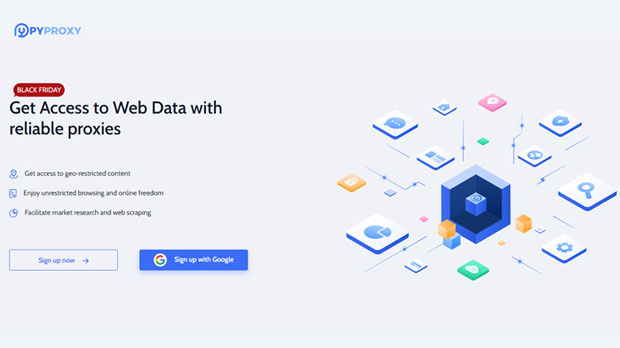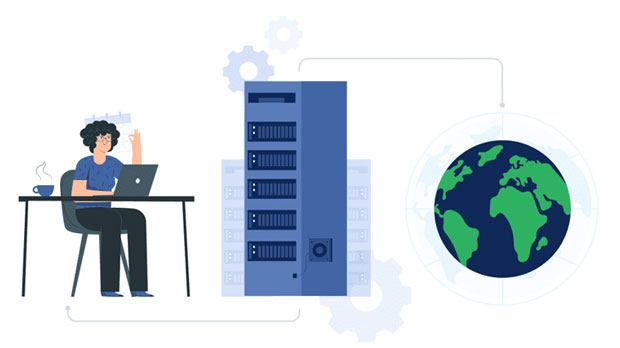In today’s digital landscape, proxies are essential for various business operations, helping to enhance security, increase efficiency, and enable access to data in ways that would otherwise be restricted. Among the many types of proxies available, ISP (Internet Service Provider) proxies are becoming increasingly popular due to their ability to offer more reliability, faster connection speeds, and better anonymity compared to other proxies like residential or data center proxies. Businesses across industries can leverage ISP proxies for numerous purposes, from market research to web scraping, and even for bypassing geo-restrictions. In this article, we will dive into the most suitable business scenarios for purchasing ISP proxies, analyzing how they can provide unique advantages for organizations looking to improve their operations and maintain a competitive edge. 1. Market Research and Competitive AnalysisFor companies aiming to stay ahead of the competition, collecting market intelligence is vital. Traditional methods of market research often fail to capture real-time data or might not provide a complete picture due to location-based restrictions. ISP proxies, due to their geographical versatility and fast connection speeds, can be used to access localized content and perform competitive analysis across different regions without triggering anti-bot mechanisms.With ISP proxies, businesses can simulate browsing from different locations, ensuring that they can monitor competitors’ pricing, product launches, and customer feedback. This method enables them to gather data that is usually locked behind geo-blocks or rate limits, helping them refine their strategies and make data-driven decisions.2. Web Scraping for Data CollectionWeb scraping is one of the most common use cases for proxies in general. However, using traditional proxies or scraping tools without adequate anonymity or IP rotation often leads to blocked IPs or CAPTCHAs. ISP proxies can solve this problem due to their legitimate and trustworthy nature, providing IP addresses that appear like typical residential connections, which are less likely to be flagged by websites.Businesses involved in gathering large volumes of data from e-commerce sites, social media platforms, or job boards will benefit from using ISP proxies. Whether it's for price monitoring, sentiment analysis, or market research, ISP proxies can ensure that the data collection process runs smoothly without interruptions, reducing the risk of getting blocked and providing more reliable data.3. Bypassing Geo-Restrictions for International ExpansionCompanies looking to expand their global reach often face challenges accessing localized content or data due to geo-restrictions. For example, streaming services, online marketplaces, and news outlets may restrict access to specific regions. In such cases, ISP proxies allow businesses to connect to the internet as if they are located in a different country, helping them bypass geographical barriers.Using ISP proxies, businesses can access region-specific information to explore new markets, understand customer behavior in different territories, or even localize their services and offerings for targeted regions. This helps companies create more customized marketing campaigns, optimize user experiences, and improve their international expansion efforts.4. SEO and Social Media ManagementSearch Engine Optimization (SEO) and social media management are essential components of digital marketing. To effectively track SEO rankings and perform competitive analysis, businesses must regularly monitor search engine results from different locations. ISP proxies make this task easier by allowing businesses to simulate searches from different regions without being penalized for using automated tools.Furthermore, managing multiple social media accounts or running paid ads across different platforms often requires a significant amount of IP addresses to avoid being flagged or banned by platforms like Facebook, Instagram, and Google. With ISP proxies, businesses can maintain multiple accounts and campaigns while ensuring the integrity of their activities, keeping them secure from detection and possible bans.5. Ad Verification and Fraud PreventionIn the digital advertising world, ad fraud is a serious issue. Advertisers often face challenges in verifying whether their ads are being displayed to the right audience or if their budget is being used effectively. By purchasing ISP proxies, businesses can simulate real user behavior and verify the integrity of their digital ads without the risk of being blocked by ad networks.Additionally, ISP proxies can help prevent click fraud and bot traffic by allowing companies to test their ad campaigns and identify suspicious activity. By using proxies to test whether their ads are being shown in the correct locations and contexts, businesses can ensure that they are getting the most value out of their ad spend and maintaining the quality of their advertising campaigns.6. E-Commerce and Stock MonitoringFor e-commerce businesses, monitoring stock levels, prices, and product availability across different platforms is crucial for staying competitive. ISP proxies enable businesses to collect real-time data without raising suspicion or triggering security measures. By using ISP proxies, e-commerce companies can track inventory levels of competitors, monitor price fluctuations, and gather insights into customer demand from multiple regions.Additionally, ISP proxies help businesses avoid IP bans while accessing limited-time deals, flash sales, or restocks. This is particularly useful for companies looking to purchase in bulk, track product releases, or monitor changes in price over time.7. Gaming and Account CreationThe gaming industry often involves creating multiple accounts for different platforms, whether it’s for marketing purposes, game testing, or content creation. ISP proxies are highly beneficial for this scenario because they provide reliable IP addresses that resemble typical user traffic, making them ideal for account creation, especially in cases where there are restrictions on the number of accounts that can be created from a single IP address.Furthermore, ISP proxies ensure that gaming companies or players can access geo-restricted servers, participate in regional tournaments, or simply bypass location-based restrictions without facing penalties. This makes ISP proxies an essential tool for businesses and individuals operating in the gaming industry.Conclusion: The Value of ISP Proxies in Modern BusinessIn conclusion, ISP proxies offer significant advantages for businesses in a wide range of industries. Their ability to provide fast, reliable, and geographically flexible connections makes them ideal for tasks such as market research, web scraping, SEO monitoring, ad verification, and more. For companies seeking to expand globally, protect their digital presence, or optimize their business processes, ISP proxies are an indispensable tool that can provide both security and efficiency.By leveraging the power of ISP proxies, businesses can maintain a competitive edge, minimize risks associated with online activity, and ensure that their digital operations run smoothly without disruptions. With the right ISP Proxy service, businesses can unlock new opportunities and enhance their digital strategies, leading to long-term success in an increasingly digital world.
Oct 22, 2025



































































